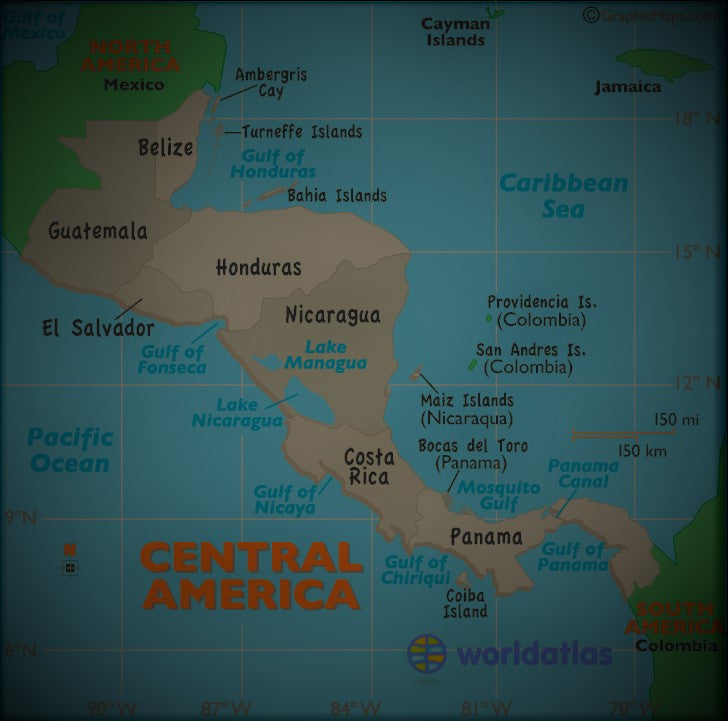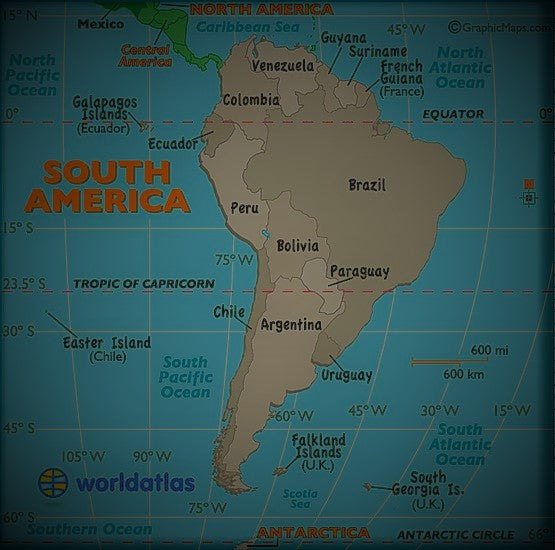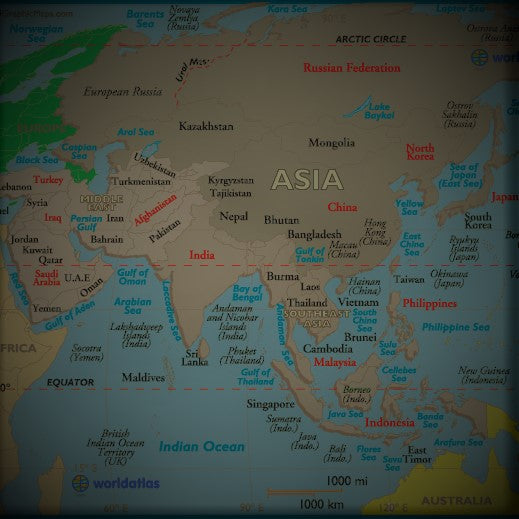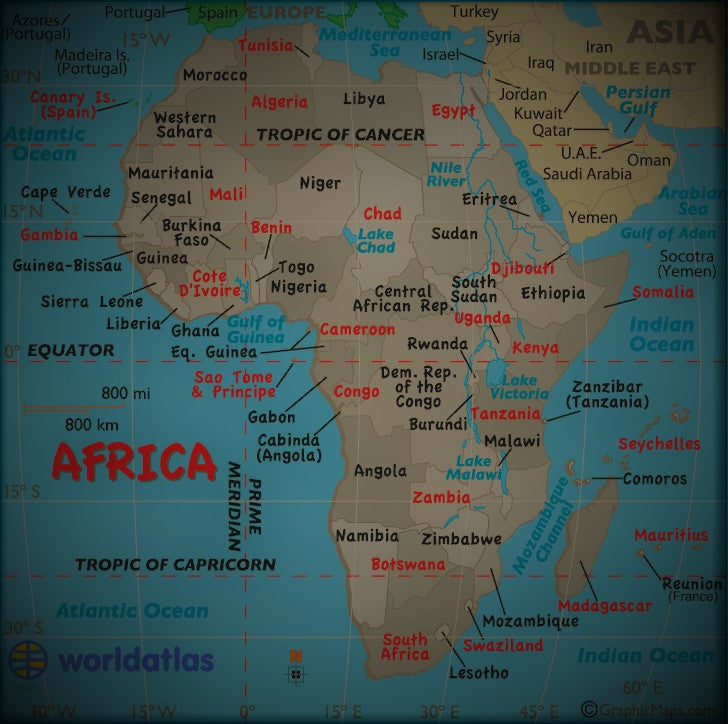Our Greens


Here we give a little bit of background on the beans we offer or have offered previously, or even ones which we are keen to offer in the future. With this information, over time you can start to appreciate the flavours that each nuance brings. Availability will vary over time as we try to keep things dynamic, always bringing you new flavours while offering consistency and familiarity with our Black Pier Blend.
We will add to this page over time, including new beans but not removing the old ones as we like to keep a record of the journey. For convenience we will list our current offerings at the top of this page so that you are directed straight to the relevant point.
Currently we are offering:
Full Quantities: |
Mini Quantities:
|

Central America

 Costa Rica
Costa Rica
 Guatemala
Guatemala
 El Salvador
El Salvador
 Honduras
Honduras
Guatemala Finca Belen
| Origin | Guatemala |
| Altitude | 1900m |
| Varieties | Bourbon, Caturra |
| Process | Washed |
| Harvest | |
| Flavour | Apple, Toffee, Vanilla |
Farmed in La Libertad, close to the Mexican border in Huehuetenango. Due to the steep terrain of Huehue, drying patios are made on the roofs of houses since they provide the a large amount of flat surface area.
After the cherry is pulped on their artisanal machine, it undergoes a 30 hour fermentation before being washed and spread to dry under the sun on the roof tops.
El Salvador Finca San Ernesto
| Origin | El Salvador |
| Altitude | 1100m |
| Varieties | Bourbon, Pacas |
| Process | Washed |
| Harvest | November-February |
| Flavour | Orange, Almond, Cocoa |
All the Urrutias Estate coffees are 100% shade grown and native trees are planted every year to prevent erosion. The main trees which are grown are the Izote and the Copalchi which also act as a natural wind barrier.
Coffee is handpicked and taken to the coffee mill where it is wet milled. Once depulped the coffee is sent to fermentation tanks and will rest there until it reaches the right fermentation, usually this is from 8 to 12 hours. It is then washed and sent to clay brick patios for 10 days, in the first three days it is moved every 15 minutes and then from the fourth day it is moved every hour, and at the end of the day the coffee is covered to avoid moisture from dew. At this point the moisture is measured again to check it is between 11.5% – 12.5%, then it is rested for 40 days.

South America

 Brazil
Brazil
 Peru
Peru
 Colombia
Colombia
Brazil Santos
| Origin | Brazil |
| Altitude | 900-1100m |
| Varieties | Bourbon, Catuai |
| Process | Natural |
| Harvest | May-August |
| Flavour | Caramelised, Cocoa, Dark Chocolate, Nutty, Treacle |
Santos is the most traditional Brazilian coffee and has been dried inside the fruit (dry/natural processed) so that some of the sweetness of the fruit carries into the cup. Santos coffee is not specifically grown in Santos, rather it is shipped through the port town of Santos and typically grown in the surrounding areas.
It's low acidity allows the dark flavours to go unchallenged, creating a unique and slightly unbalanced flavour.
Columbia Supremo
| Origin | Columbia |
| Altitude | 1450m |
| Varieties | Caturra, Typica |
| Process | Washed |
| Harvest | January-June |
| Flavour | Citrus, Sweet, Bright |
Colombia Supremo is sourced from small to medium sized family-owned farms located within the city of Pereira in the department of Risaralda, Colombia. Coffee is cultivated on farms that average 2.5 hectares in size. Producers pick and process coffee at their own micro-wet mills and then dry their own coffee, typically on elevated tables inside solar dryers that provide protection from the nearly continuous rainy season.

South-East Asia

 India
India
 Indonesia
Indonesia
 Myanmar
Myanmar
Indonesia Old Brown Java
| Origin | Indonesia |
| Altitude | 1200m |
| Varieties | Typica |
| Process | Aged, washed |
| Harvest | June-December |
| Flavour | Spicy, Cocoa, Tobacco |
The unique ageing process was discovered in the 16th century back when the Dutch introduced the first coffee seeds to the island of Java. As the spice ships carried their cargo back to Europe the beans were originally used as ballast in the bottom of boats. After several months at sea, the beans were tempered by the wood and the brine and based on the colour of the beans as they aged, the sailors knew how long they’d been at sea. This process created a unique flavour which can be created today by artificially replicating the conditions experienced hundreds of years ago.

Africa

 Ethiopia
Ethiopia
 Kenya
Kenya
 Rwanda
Rwanda
Ethiopia Haru
| Origin | Ethiopia |
| Altitude | 1995-2020m |
| Varieties | Dega, Kudhume, Wolisho |
| Process | Natural |
| Harvest | November-February |
| Flavour | Mango, Violet, Strawberry, Pineapple |
Coffee is brought to the washing station by the many smallholders that live locally. The cherry is handpicked to remove any noticeable defects before being taken to the raised drying beds and dried for around 21 days. Once dried, it is hulled to remove the husk, then stored before being taken to Addis Ababa for sorting, grading and export.
Ethiopia Sidamo
| Origin | Ethiopia |
| Altitude | 1600-1900m |
| Varieties | Heirloom |
| Process | Washed |
| Harvest | November-January |
| Flavour | Berries, Bright, sweet |
This coffee is washed, with beans removed from the cherry through a de-pulper, before passing through a fermentation phase for 12-36 hours. Once this is finished the cherries are washed in clean water and then dried on traditional raised beds or occasionally patios.
